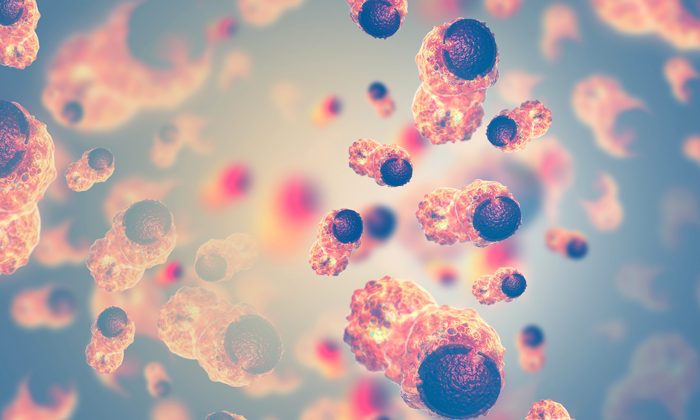New approach to targeting cancer cells developed by researchers
Posted: 20 May 2019 | Drug Target Review | No comments yet
A new approach to targeting cancer cells that circumvents a challenge faced by currently available cancer drugs has been developed.


A research team from the University of California, Riverside, has explored the development of drugs that target potentially reactive amino acids other than the currently-targeted cysteine, such as lysine, tyrosine, or histidine, which occur more often within the binding site of the target.
Maurizio Pellecchia, a professor of biomedical sciences in the School of Medicine, who led the research explained that academic researchers, the biotechnology industry, and pharmaceutical companies are heavily pursuing the design of “covalent drugs” that bind irreversibly with their targets. Those that target cancer cells most often target cysteine because it is more reactive than all other amino acids in a protein target.
Oncology drugs such as Osimertinib, Ibrutinib, Neratinib, and Afatinib have all been approved in very recent years by the FDA, he said, and all target a cysteine that is present on the binding site of their respective targets.
Biomarkers aren’t just supporting drug discovery – they’re driving it
FREE market report
From smarter trials to faster insights, this report unpacks the science, strategy and real-world impact behind the next generation of precision therapies.
What you’ll unlock:
- How biomarkers are guiding dose selection and early efficacy decisions in complex trials
- Why multi-omics, liquid biopsy and digital tools are redefining the discovery process
- What makes lab data regulatory-ready and why alignment matters from day one
Explore how biomarkers are shaping early drug development
Access the full report – it’s free!
The target the researchers used for proof of concept was a protein-protein interaction, or PPI, target. PPIs represent a large class of possible therapeutic targets for which designing effective drugs is particularly difficult. This is because PPIs lack a well-defined and deep-binding pocket onto which drugs can de designed to bind tightly.
“To date, there is only one drug approved by the FDA that was designed to antagonise – or block – a PPI target,” said Pellecchia, “Only a few others have entered clinical trials. Our approach provides novel and effective avenues to derive potent and selective PPI antagonists by designing drugs that can react with lysine, tyrosine, or histidine residues that are ubiquitously present at binding interfaces of PPIs.
“Our work widens the available target space beyond cysteine. Such covalent agents could represent significant stepping stones in the development of novel drug candidates against PPIs, which represent an untapped large class of therapeutic targets not only in oncology, but also in other conditions including neurodegenerative and inflammatory diseases.”
The study results appear in the Journal of Medicinal Chemistry.
Related conditions
Cancer
Related organisations
University of California Riverside
Related people
Maurizio Pellecchia



